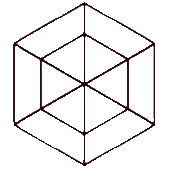1118 words
Parent: T.00_ED_TEXTUAL HOLOGRAM: PRESENTATION
BULLET TIME
Source: Elie During, « Is there an exit from ‘Virtual Reality’ ? Grid and Network - From Tron to The Matrix », in The Matrix in Theory, M. Diocaretz & S. Herbrechter (eds.), Amsterdam, Rodopi, coll. « Critical Studies », 2006.
The passage into the virtual can be tackled in “subjective” mode. Cronenberg played with the texture effects, and had its characters discuss the matter plainly. There is an interesting scene in eXistenZ where Ted Pikul asks: “Is that kind of transition normal? That kind of smooth interlacing from place to place?” And Allegra Geller, the notorious game developer, replies: “It depends on the style of game. You can get jagged, brutal cuts, slow fades, shimmering little morphs...” The Wachowskis have a different approach to the same problem in The Matrix. They tackle the fabric of time itself in order to suggest graphically an experience of the virtual at the limits of bodily and mind powers. Thus, the extreme slow motion achieved by the process called “Bullet-Time,” a complex and innovative technique which associates chronophotography (following Muybridge rather than Marey) and computer-generated images. “Bullet-Time is a stylistic way of showing that you’re in a constructed reality and that time and space are not the same as [...] us today living our lives,” as John Gaeta, special effects director of The Matrix, explains in the “bonus track” dedicated to this process on the DVD. To take a closer look at this: Trinity takes off and remains suspended for a moment in mid-air to distribute a stunning kick; Neo on the roof of a building continues to fall backwards, for many long seconds, thus avoiding bullets shot at him from point blank range. In these scenes the slow motion is no longer a paradoxical and somewhat emphatic way of evoking extreme speed (like for example in Steve Austin’s The Six Million Dollar Man), but rather serves to demonstrate the duration of a material perception which somehow slips into the trajectory or trail of a pistol bullet.
“Duration” is the correct term. Better than the filmic notions of movement and speed, this Bergsonian concept allows to seize what is at stake here. Because it is less a question of stasis or suspension of time – which is still a metaphorical way to express that something has stopped moving forward, that movement has frozen or slowed down – than a condensing of time itself which already reveals the continuity that links within duration the movement of things and the mental or spiritual life of the subject. The subject is caught like in jelly, entangled in a thick infinitely dilated duration, while the eye of the camera circles around in arabesques, at high speed. What this effect suggests is not so much speed as such but a certain relation – a differential relation – between two speeds or two regimes of duration: it is less about Neo’s physical prowess as it is about the becoming that drives him to the limits of “a duration more and more scattered, whose palpitations, more rapid than ours, dividing our simple sensation, dilute its quality into quantity.” (Henri Bergson The Creative Mind).
Thus, the mind being in harmony with bullet-time slows itself down to the limit-duration of instantaneity, that is to say of matter, homogeneous or pure, undifferentiated repetition, while the arching body accompanies this still movement. It is a movement of relaxation which, from a different point of view, suggests just the opposite: an extreme concentration, the kind of intuitive voyage at infinite speed evoked by the masters of martial arts (Morihei Ueshiba, the founder of Aikido, allegedly had the strange gift of dodging bullets through simple rotation of his body and head). Referring to the use of slow motion in Vertov and Epstein, Deleuze speaks in his books on cinema of a “perception-image” which gives an insight into things themselves, a perception that is more than human, a molecular perception where objects are transformed into pure lines of speed. To come back to Bergson, this is where one recognizes the intensive threshold from which the movement (with its kinetic properties of speed and direction) can be redescribed as the mobile cut of an elastic duration, similar to the instant which is an immobile cut of movement. It is not a question of being “faster” than the bullet, or to equal its movement on a purely physical level, but to coincide with its duration, which thus becomes infinitely “slower,” or more decontracted, than the concentrated mind. The greatest speed just like extreme slowness can equally represent the lowest degrees of duration. The metal projectile which splits the air by following the ballistic laws is but a pure mechanical repetition in (spatial) homogeneity: the mind bent on an intuitive effort will always be more “rapid” than it.
Of course, “Bullet-Time” shows us this experience rather than just giving it to us. It provides the form or symbolic representation of it. The choreography, the filmic theatre with its various speeds, draw the diagram of a differential relation between two durations (mind and matter). This intensive relation, imminently recaptured through degrees of tension and relaxation of an identical continuity of duration, constitutes an adequate model to think the relation to the virtual. A camera whirling around an almost petrified body, suspended in its fall. What slow motion scenes convey is the idea that one accesses the centre of the Matrix through sensing a continuity of interwoven durations. This experience of pure time is required in order to rid oneself of the stranglehold of the Matrix , in other words to overcome the opposition between subject and object, inside and outside, internal perception and external object, virtual image and the actual state of things. There are no such oppositions: the modes of existence of matter and spirit always lead one to different degrees of contraction or dilation of duration. This is why the laws of nature can be bent and made pliable and why the bullets seem to fly in slow motion in the warrior’s eyes. It is the reason why the simulated world seems more “supple” than the real one. The last stage of gaining consciousness (for the story of The Matrix is in its own way a phenomenology of mind) consists thus of understanding that the real itself, if one seizes it “in duration,” can turn out to be as supple as the Matrix. To put it into a single formula, the real is not fundamentally distinct from the virtual (or exterior to it), it only comes to be differentiated according to diverse rhythms and times of actualisation of the virtual.
Links
︎ egs.edu/biography/elie-during ︎ parisnanterre.fr/m-elie-during--697698.kjsp
From the same writer
T.00_ED_TEXTUAL HOLOGRAM: PRESENTATION T.01_ED_FOLDS AND PIXELS T.02_ED_DIGITAL SUBLIME T.03_ED_MATHEMATICAL SUBLIME T.04_ED_IMMANENT SUBLIME T.05_ED_NEXUS T.06_ED_KINKED CLASSICISM T.07_ED_LOOSE COEXISTENCE T.08_ED_FLOATING TIME T.09_ED_FLOATING SPACE T.10_ED_RETRO-FUTURES T.11_ED_EXITING VIRTUAL REALITY T.12_ED_BULLET TIME T.13_ED_GHOST TIME T.14_ED_SUBLIMINAL TIME T.15_ED_DIAGRAMS OF COEXISTENCE T.16_ED_VOLUME-IMAGE T.17_ED_VERTICAL TIME T.18_ED_TURNING MOVEMENTS T.19_ED_SUPERTIME T.20_ED_PROTOTYPE T.21_ED_ZERO-G ARCHITECTURE T.22_ED_SHOCK SPACE T.23_ED_TRANSPARENCY






